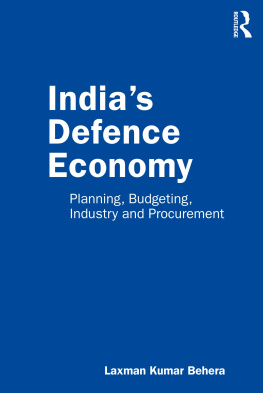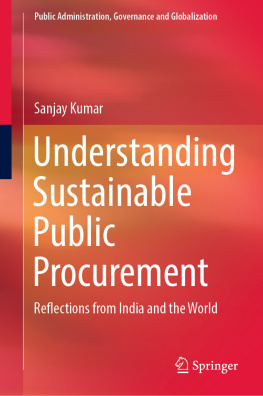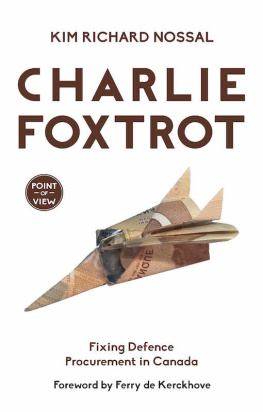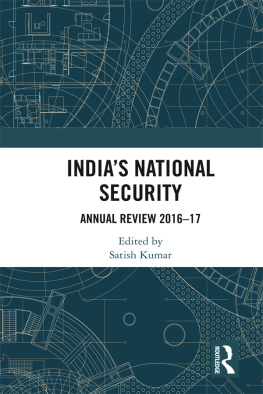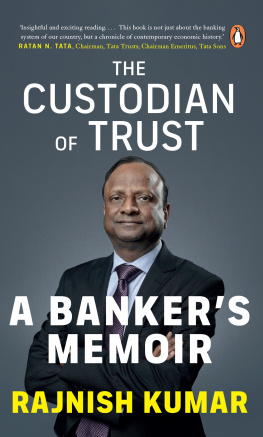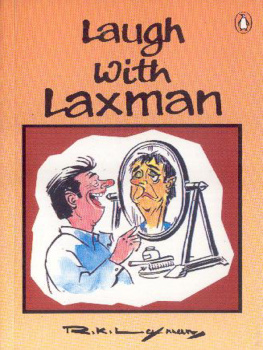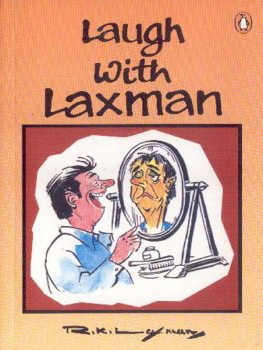INDIAS DEFENCE ECONOMY
As the fourth largest military spender in the world, India has a huge defence economy supported by a budget amounting to nearly $67 billion in 202021. This book examines how well Indias defence economy is managed, through a detailed statistical exposition of five key themes defence planning, expenditure, arms production, procurement and offsets.
This book is based on hard-core evidence collected from multiple government and other credible sources including the ministries of Defence, Finance, and Commerce and Industry, Comptroller and Auditor General of India and the Reserve Bank of India. It discusses key issues such as the evolution of Indias defence plan; the feasibility of increasing defence spending; Indias defence acquisition system; and the recent reform measures taken under the rubric of the Make in India initiative.
Well supplemented with original tables and figures, Indias Defence Economy will be indispensable to students and researchers of defence and security studies, politics and international relations, finance, development studies, economics, strategic studies, South Asian politics, foreign policy and peace studies. It will also be of interest to defence ministry officials, senior armed forces personnel, military attachs, defence training institutes and strategic think tanks.
Laxman Kumar Behera is Research Fellow at the Manohar Parrikar Institute for Defence Studies and Analyses, a premier New Delhi-based think tank. As a core member of the Institutes Defence Economics and Industry Centre, he specialises in issues related to defence procurement, offsets, defence expenditure, arms production and export control. In his career spanning nearly 14 years, he has been involved in ten studies for various agencies of the Indian government, including as a member and co-ordinator of three studies. His previous book, Indian Defence Industry: An Agenda for Making in India, was published in 2016.
INDIAS DEFENCE ECONOMY
Planning, Budgeting, Industry and Procurement
Laxman Kumar Behera
First published 2021
by Routledge
2 Park Square, Milton Park, Abingdon, Oxon OX14 4RN
and by Routledge
52 Vanderbilt Avenue, New York, NY 10017
Routledge is an imprint of the Taylor & Francis Group, an informa business
2021 Institute for Defence Studies and Analyses
The right of Institute for Defence Studies and Analyses to be identified as author of this work has been asserted by them in accordance with sections 77 and 78 of the Copyright, Designs and Patents Act 1988.
All rights reserved. No part of this book may be reprinted or reproduced or utilised in any form or by any electronic, mechanical, or other means, now known or hereafter invented, including photocopying and recording, or in any information storage or retrieval system, without permission in writing from the publishers.
Trademark notice: Product or corporate names may be trademarks or registered trademarks, and are used only for identification and explanation without intent to infringe.
British Library Cataloguing-in-Publication Data
A catalogue record for this book is available from the British Library
Library of Congress Cataloging-in-Publication Data
A catalog record has been requested for this book
ISBN: 978-0-367-56496-4 (hbk)
ISBN: 978-0-367-61505-5 (pbk)
ISBN: 978-1-003-10530-5 (ebk)
Typeset in Bembo
by codeMantra
Since Independence, India has fought four wars, apart from being forced into a numerous other conflicts and skirmishes with its principal rivals, Pakistan and China. These, together with unresolved boundary issues with the western and northern neighbours and the continuing Pakistan-sponsored terrorism, have had a great economic cost. In managing the costs, India has created a vast defence economy, which now consists of, but not limited to, over five million people of which nearly 1.4 million are in the armed forces hundreds of industrial entities in the public and private sectors and over 50 dedicated research laboratories. This defence economy draws its sustenance mainly from the budget of the Ministry of Defence (MoD), which in 202021 totals INR 4,713.78 billion ($67 billion), representing 15.5 per cent of the total central governments expenditure. Close to 80 per cent of MoDs budget is accounted for by two items of expenditure: manpower and capital procurement, the latter including from the domestic industry, which has been a focus of a renewed interest under Make in India initiative launched by the government of Prime Minister Narendra Modi. However, the question is: how sound is Indias defence economy or how well it is managed? This, in turn, throws up a host of associated questions relating to defence planning, adequacy and distribution of resources, the balance between manpower cost and modernisation expenditure, the potency and vibrancy of the domestic defence technological and industrial base (DTIB) in meeting the key self-reliance goals, and the efficiency and efficacy of the procurement system.
India has so far formulated 13 defence five-year plans since the first plan was articulated in 1964 just after Indias war with China that drove home the need to assess defence requirement over a prolonged period of five years or longer. These 13 plans are apart from a number of 15-year and 2-year roll-on plans that have been prepared since early 2000s in a move to expedite capital procurement. To support the articulation of these plans, India has also toyed with different institutional structures at different times. However, most of the time, the prepared plans have not yielded the desired results because of a variety of reasons, ranging from lack of higher political direction to structural gaps, disagreements between the ministries of Defence and Finance over the plan size, and lack of inter- and intra-service prioritisation, among other shortcomings. The worst victim of the non-fructification of plans is the countrys defence preparedness. Reports galore, suggesting glaring deficiencies across military capabilities ranging from basic ammunition to more advanced fighter aircraft.
To overcome some of these deficiencies in the planning mechanism, the Modi government has taken some radical reform measures in recent times. In April 2018, it set up a Defence Planning Committee (DPC) under the chairmanship of the National Security Advisor to enable a comprehensive and integrated planning in defence. The April 2018 decision was followed by the creation of the post of Chief of Defence Staff (CDS) in late 2019, a position which has been under discussion at the highest bureaucratic and political levels since the 1999 Kargil conflict. Furthermore, and surprisingly, the CDS was also given an additional charge to head as the Secretary of the newly created Department of Military Affairs within the MoD. The CDS, given its wide charter of duties, is going to have a definite say in the planning process. The question is: how are CDS and DPC together going to plug the shortcomings which had plagued Indias defence planning over the past 55 years?
Indias defence budget, as represented by the Defence Services Estimates, an annual publication of the finance wing of the MoD, has grown over the years, from a paltry sum of INR 1.89 billion allocated in 194748 by the first government of independent India to INR 3,230.53 billion in 202021. However, in terms of annual growth, there has hardly been any consistency. Since 198081, the annual growth rate of Indias defence budget has fluctuated in the range of as high as 43 per cent to as low as zero per cent. The wide fluctuations apart, the bigger question that needs to be addressed is: how is India spending its defence resources, and what are the key drivers behind these wide fluctuations? Also, an important question that is associated with defence budget is: is India spending enough on defence? As a percentage of the GDP, Indias defence expenditure has been continuously falling over the past three-and-a half decades from a high of 3.25 per cent in 198788 to 1.44 per cent in 202021. In fact, the latest defenceGDP ratio is the lowest in Indias independent history. With such a drastic fall in the countrys propensity to spend on defence, there has been a widespread concern among Indias strategic community that the armed forces efforts to prepare for a two front war scenario would falter. This, in turn, raises a vital question about the feasibility of increasing the defence spending to a three per cent of the GDP, as has been demanded from several influential quarters. What would it take for the government, its revenue position and socio-economic spending to raise the defence spending to match three per cent of the GDP? Moreover, would the MoD and defence forces be in a position to fully utilise the enhanced allocation, given their past record of repeated surrender of funds, especially on capital accounts? Given these pertinent questions, one may further ask: is there any scope for optimisation of the existing defence budget to get more bang for the buck, without escalating the defenceGDP ratio?


